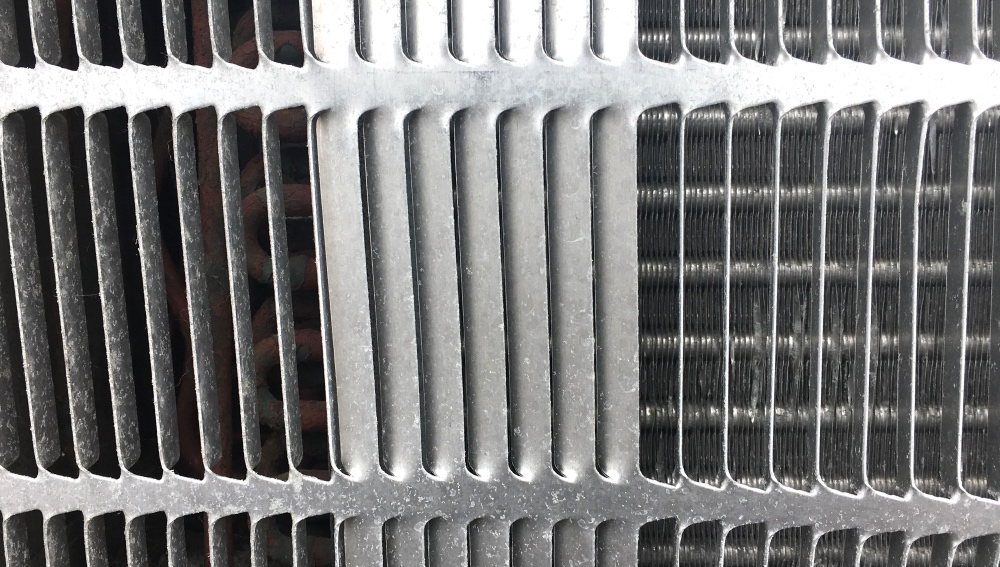You guessed it: This week’s climate story leads us all the way to outer space. But let me back up…
Under the Paris Agreement most countries announced to cut down greenhouse gas emissions. Norway, for example, wants to reduce emissions by 55% below 1990 levels by 2030. Each country set their own specific target. But is each country on track? How do we know how much greenhouse gas emissions a country is emitting?
To calculate yearly emissions each country completes a complex inventory. It follows a bottom up approach of counting emissions for different sectors such as transportation, farming, industrial sites etc. for each region. The regions and sectors are then added up to understand national emissions. Unfortunately, there are many uncertainties and unknowns with this bottom up approach.
In recent years satellites have been developed to measure emissions from space. This top down approach has also many uncertainties. For example, one big challenge is to separate human made emissions from natural occurring emissions. So how do we best calculate a county’s yearly emissions? Both bottom up and top down approaches have pros and cons, and it looks like a combination is the way to get to the most accurate numbers.
OK, so let’s get back to outer space. Imagine a group of satellites circling the earth and measuring accurate real time emissions. This is what the European Space Agency is planning to do with its new Sentinel satellites. They are planning to launch the satellites in 2025 to map global carbon dioxide emissions. This is how it works:

Different spectrometers measure atmospheric carbon dioxide. The data is then processed to better understand emissions caused by human activities. The goal is to understand small scale regional emissions as well as overall emissions of big cities. This is how ESA puts it:
- Detect emitting hot spots, such as megacities & power plants
- Monitor hot spot emissions to assess emission changes
- Assess emission changes against local reduction targets
- Assess the national emissions and changes in 5-year time steps
Decarbonizing our economies is an enormous undertaking. To get there in time we need to get all the help we can get. Let’s hope the Sentinel sensors can help us reach and exceed our emission targets and motivate us to substantially reduce emissions.





